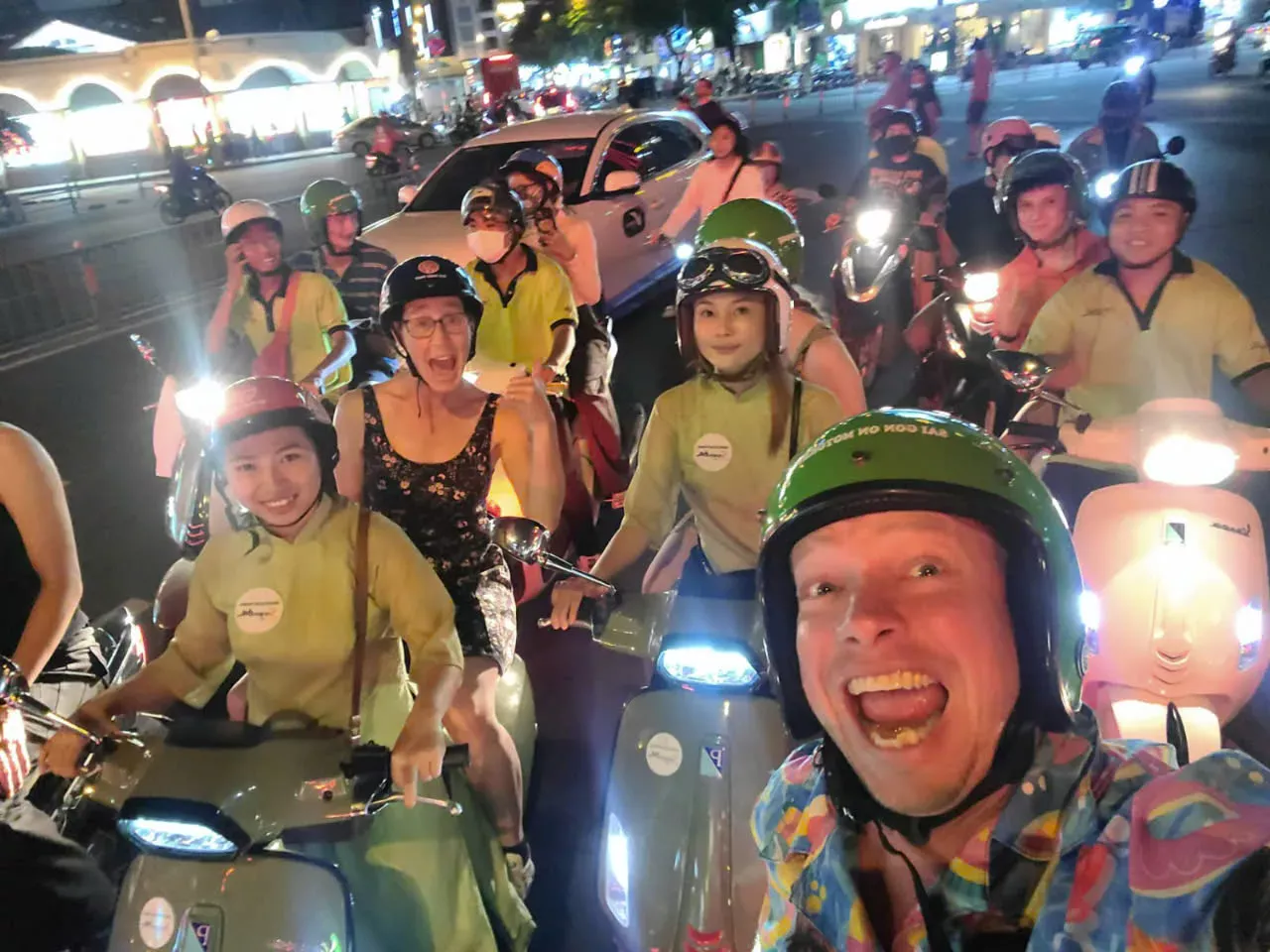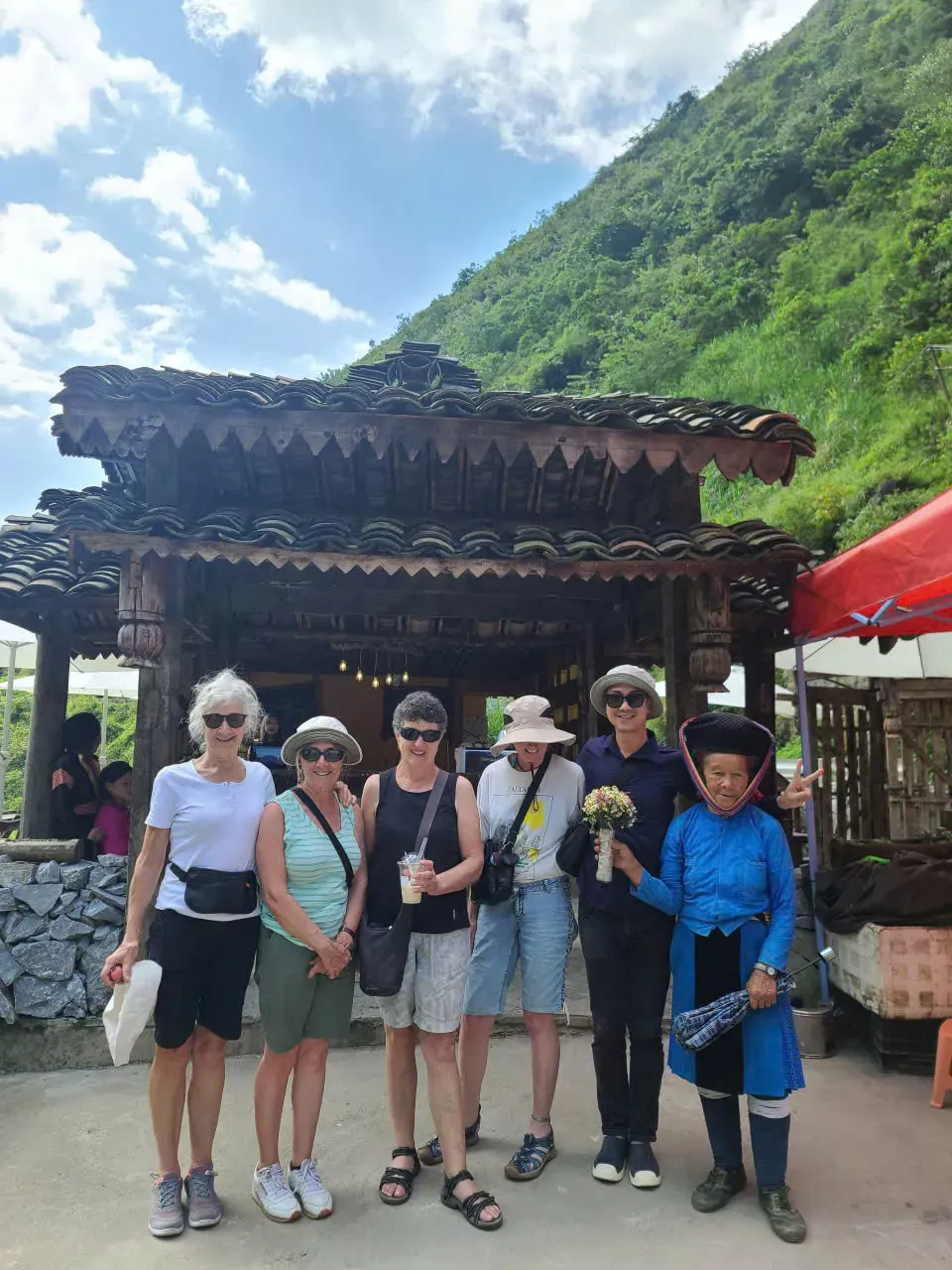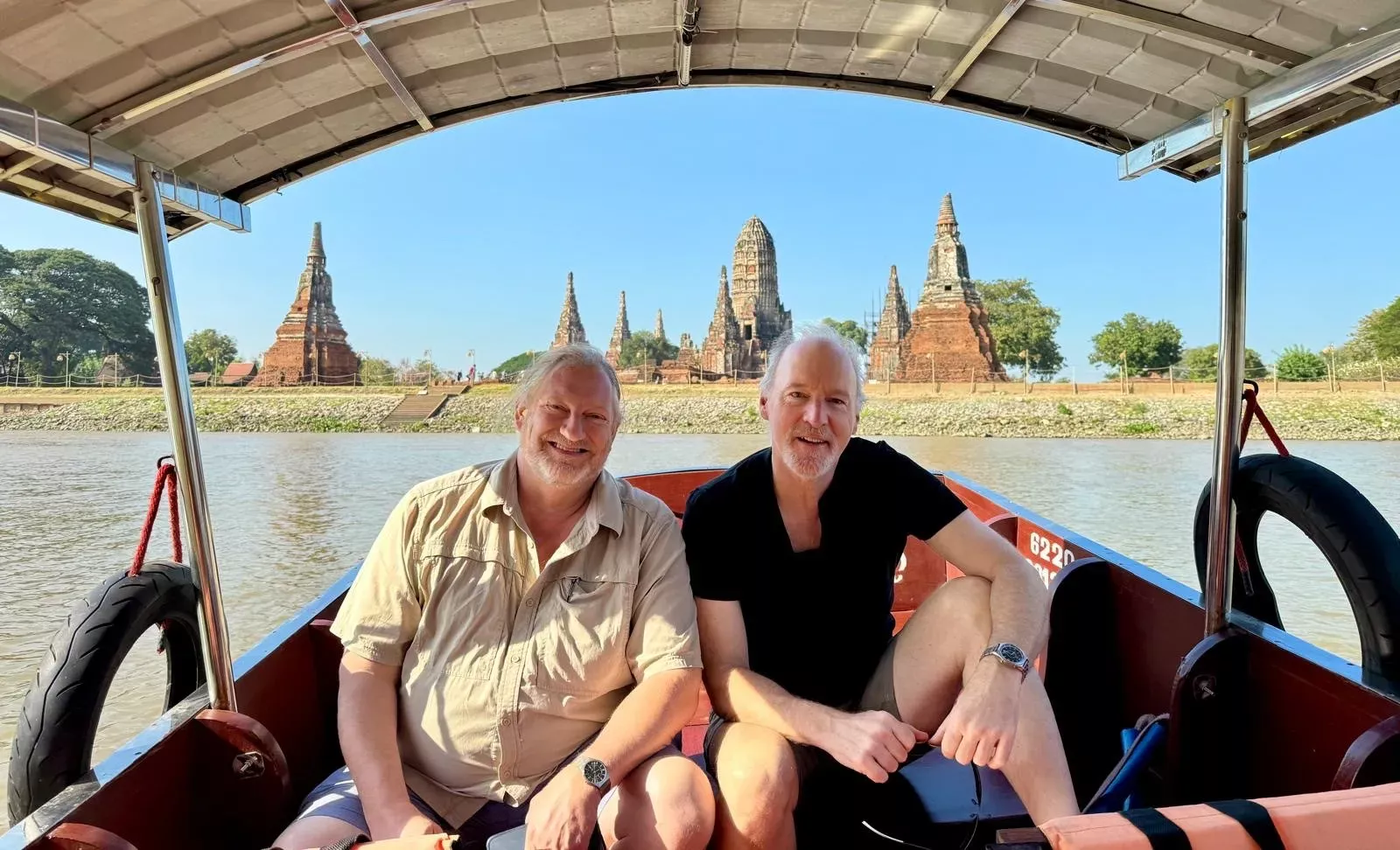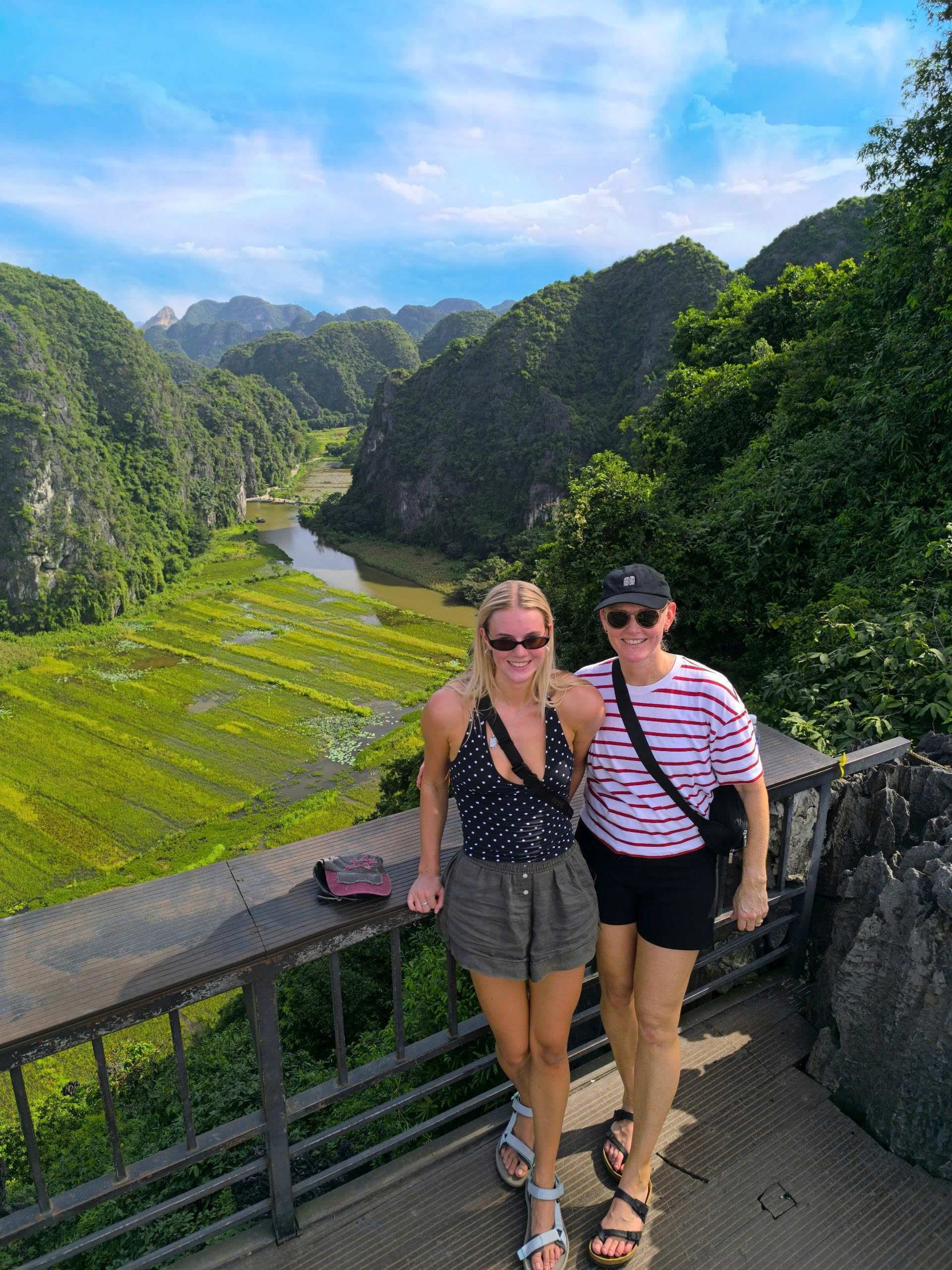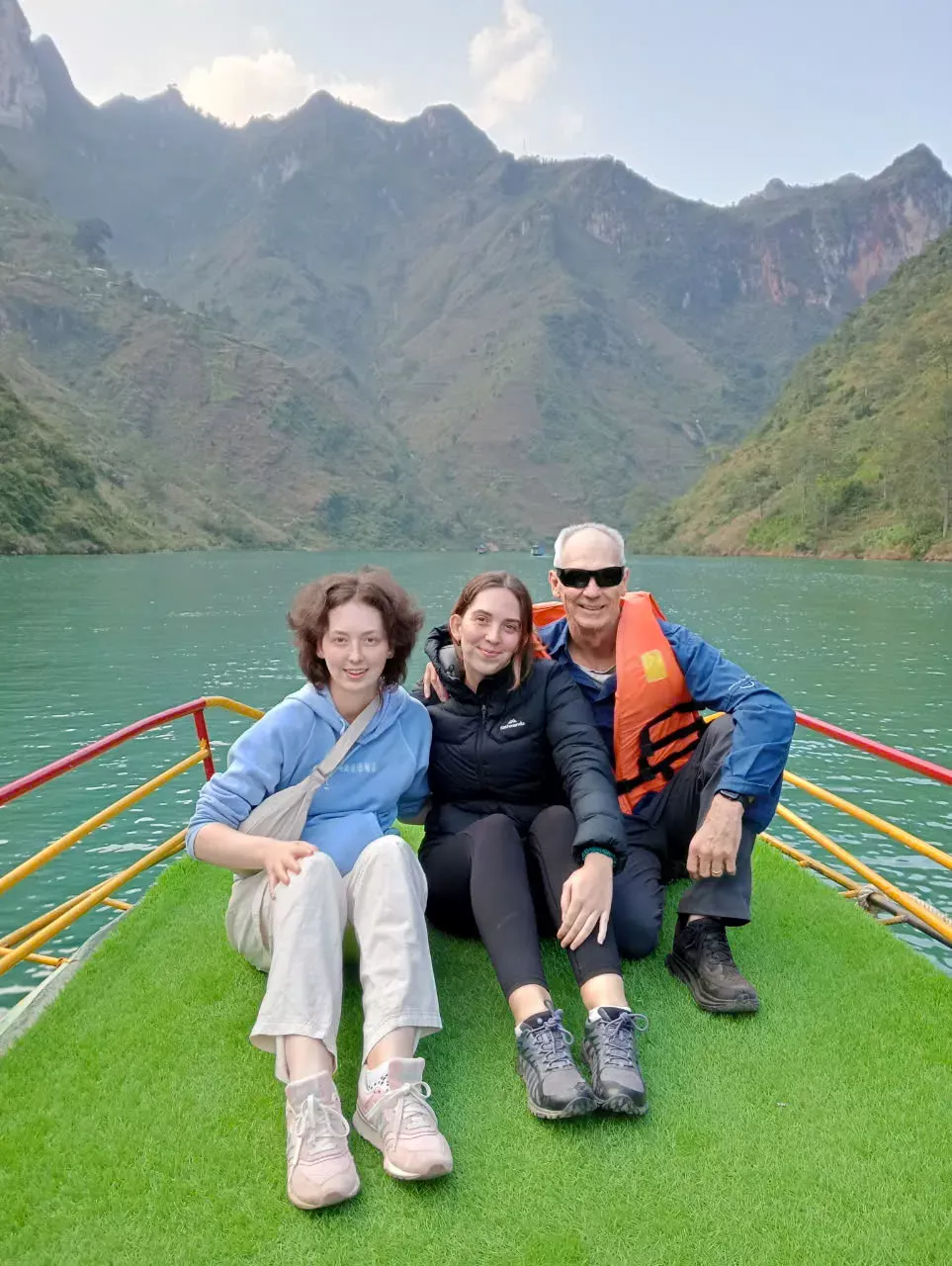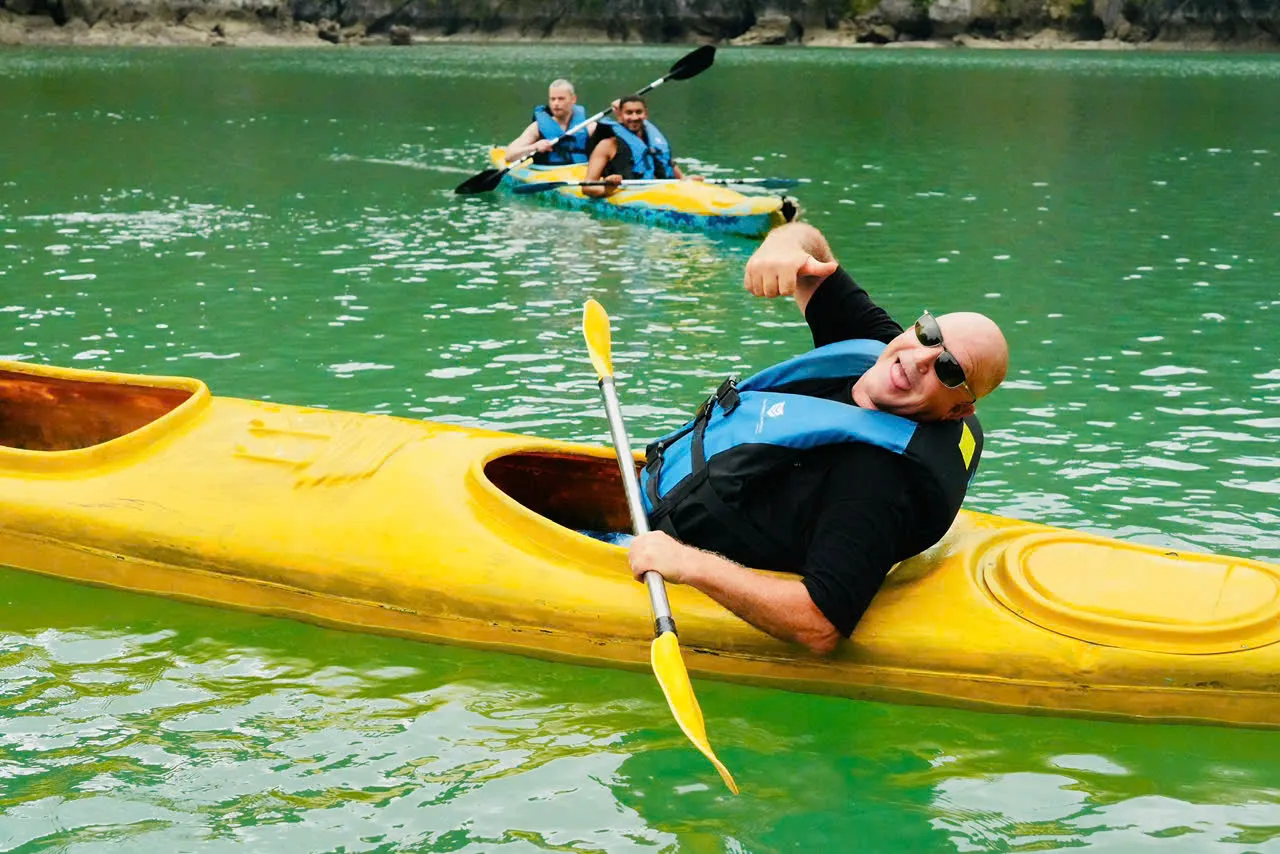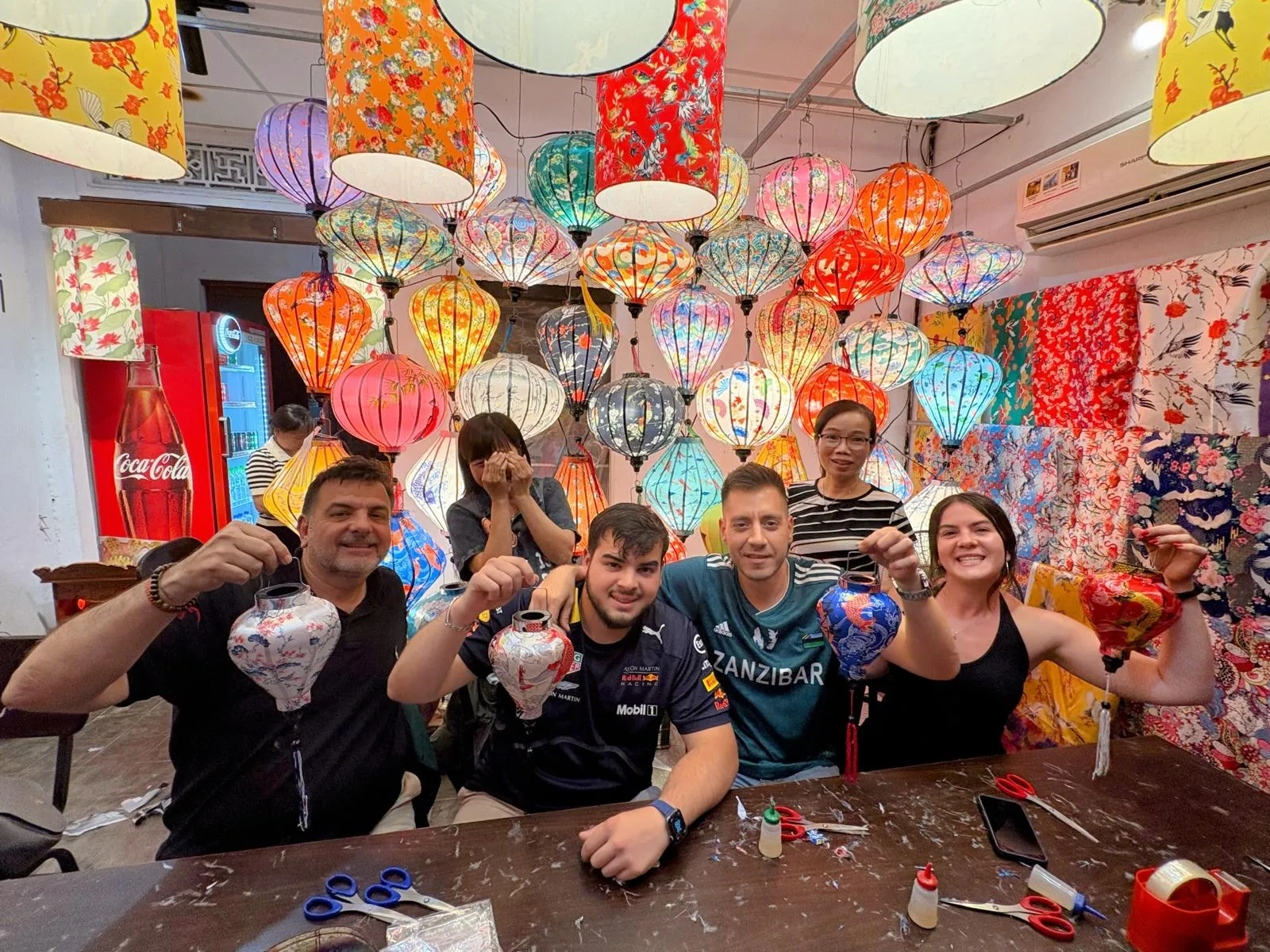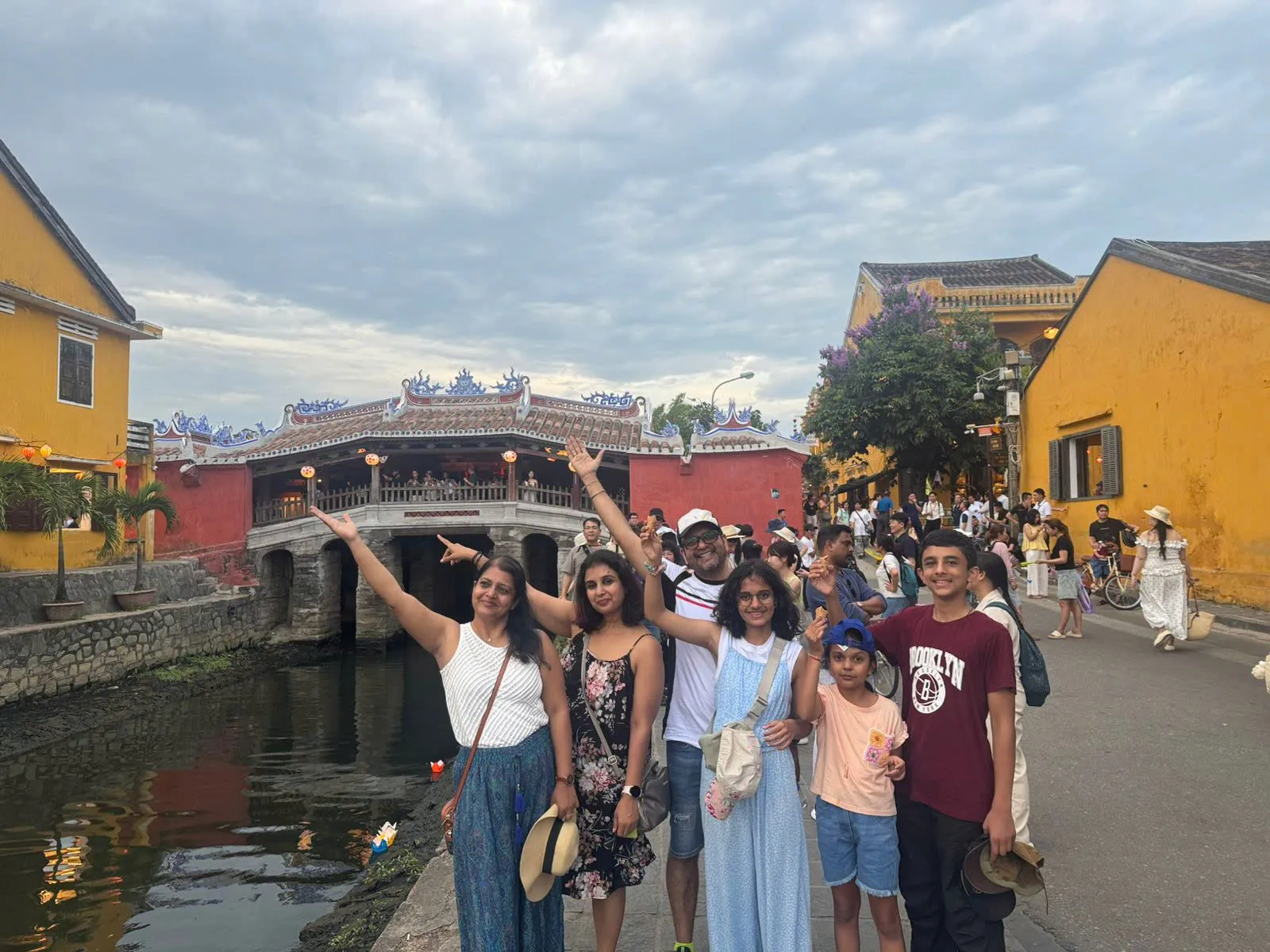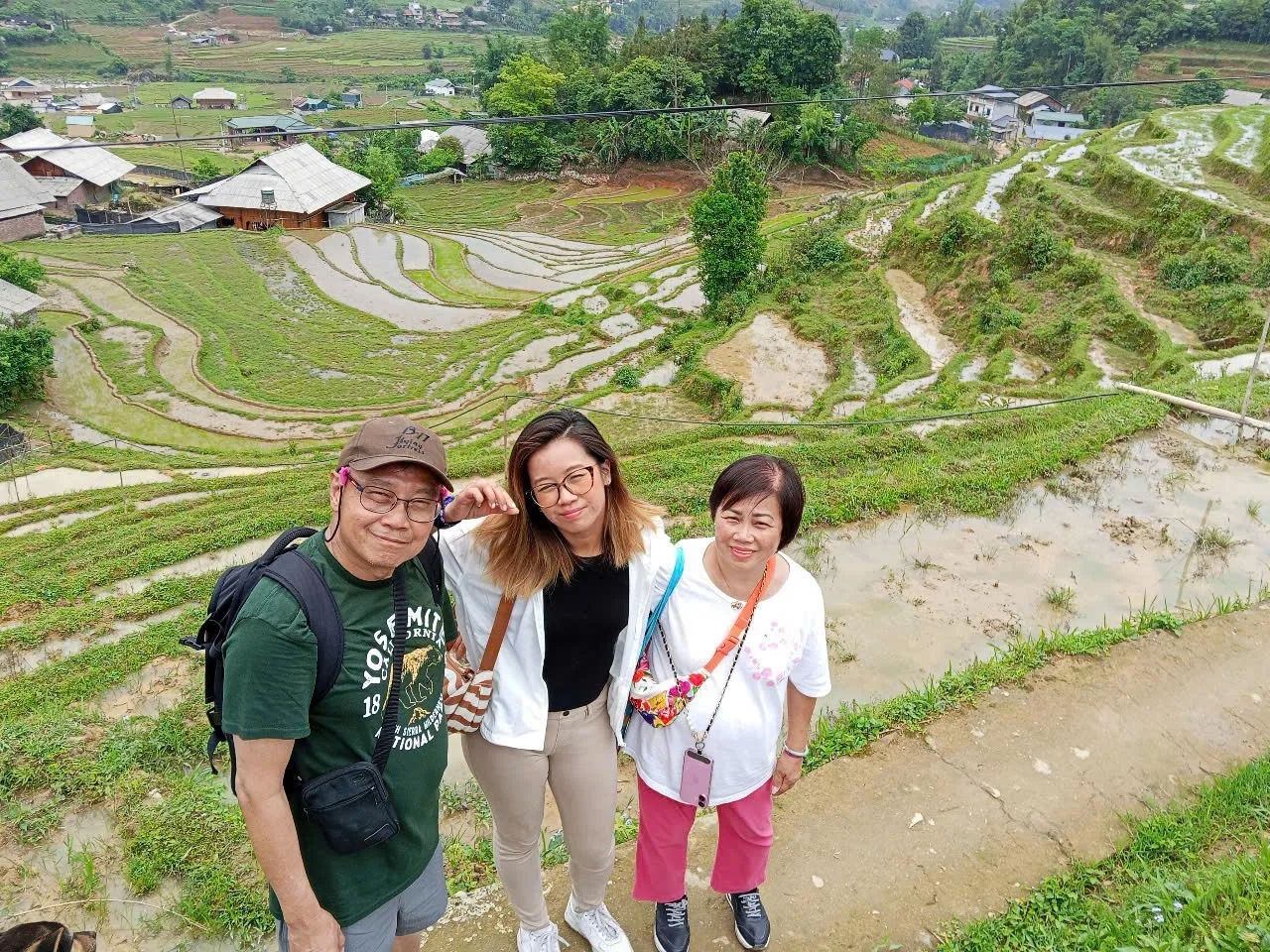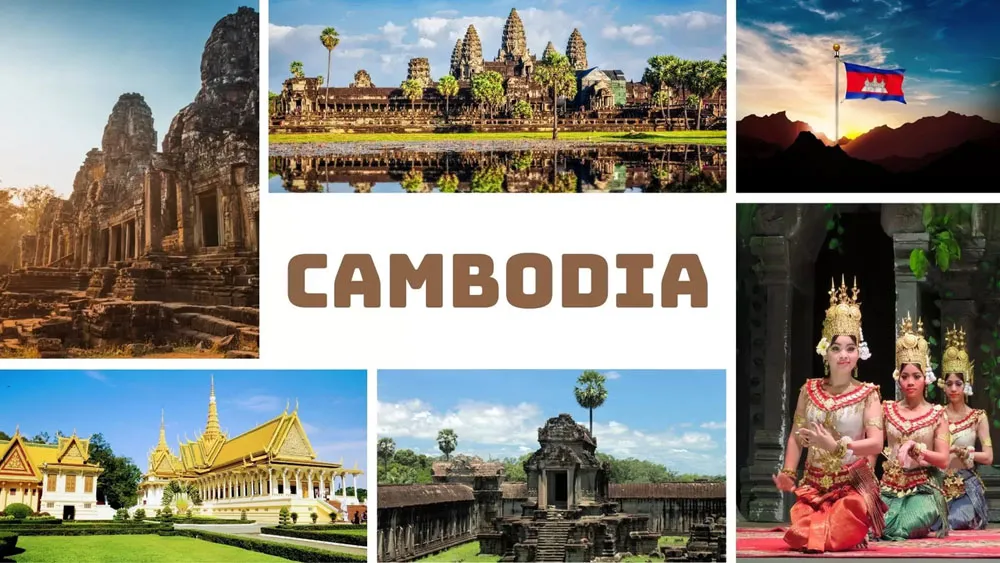
1. Why Cambodia should be your next holiday destination
Cambodia’s charm lies in its contrasts: ancient and modern, spiritual and adventurous, tranquil and energetic. You’ll walk among thousand-year-old ruins in the morning, sip coffee in a colonial French café by afternoon, and cruise on a quiet river at sunset.
It remains more affordable than Thailand or Vietnam and less crowded, allowing for a more intimate travel experience. Yet it doesn’t lack in comfort—2025 sees continued growth in boutique hotels, responsible tourism, and curated travel experiences.
For travelers seeking authenticity, Cambodia delivers more than just sights. It offers connection—with its history, its landscapes, and its people.
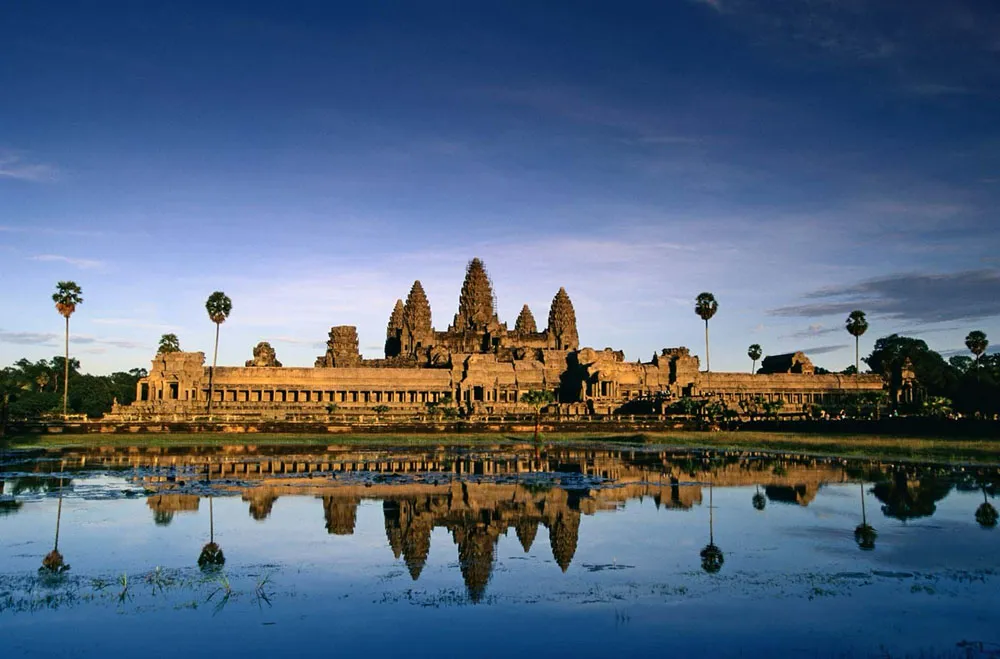
2. What makes Cambodia unique in 2025
In 2025, Cambodia strikes a beautiful balance between old-world charm and new-world innovation. A growing emphasis on sustainable and immersive travel means you can do more than just visit—you can engage.
Eco-tourism initiatives are flourishing in areas like Mondulkiri and Kampot, where travelers can explore elephant sanctuaries, organic farms, and jungle trekking routes. Community-based travel is gaining attention, with programs that let visitors stay with locals and learn traditional crafts or cooking.
Additionally, investments in infrastructure make travel more convenient than ever. Roads between major cities like Phnom Penh, Siem Reap, and Sihanoukville have improved, and new regional flights are shortening travel times across Southeast Asia.
3. What to know before you go to Cambodia
Cultural Basics
Cultural awareness is key to having a respectful and enjoyable trip. In religious spaces, both men and women should wear clothing that covers shoulders and knees. It’s also customary to remove shoes before entering homes or temples.
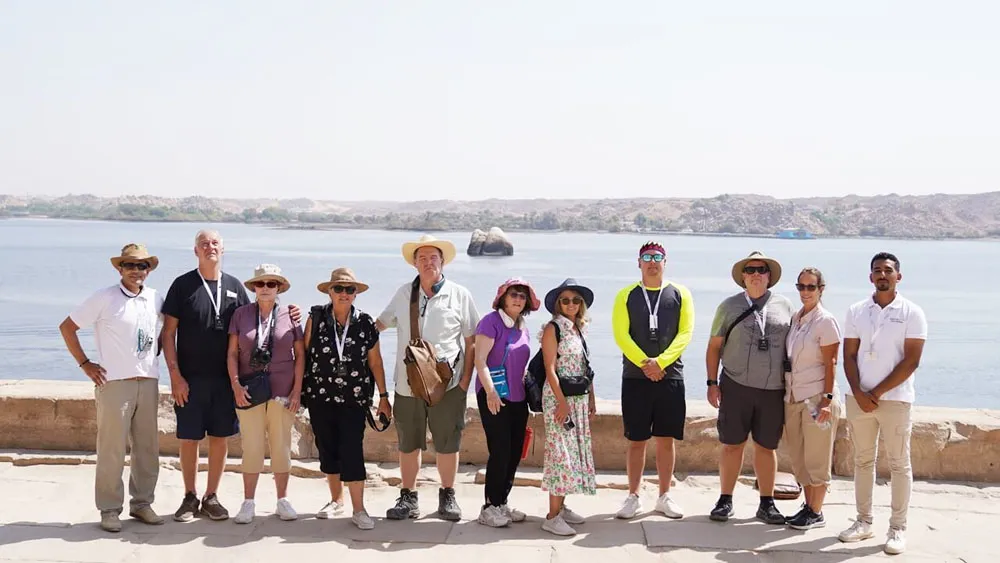
Money, Connectivity & Language
Cambodia uses a dual-currency system: the US dollar is used for most transactions, but change is often given in Cambodian riel. ATMs dispense both, and digital payments are becoming more common in urban centers.
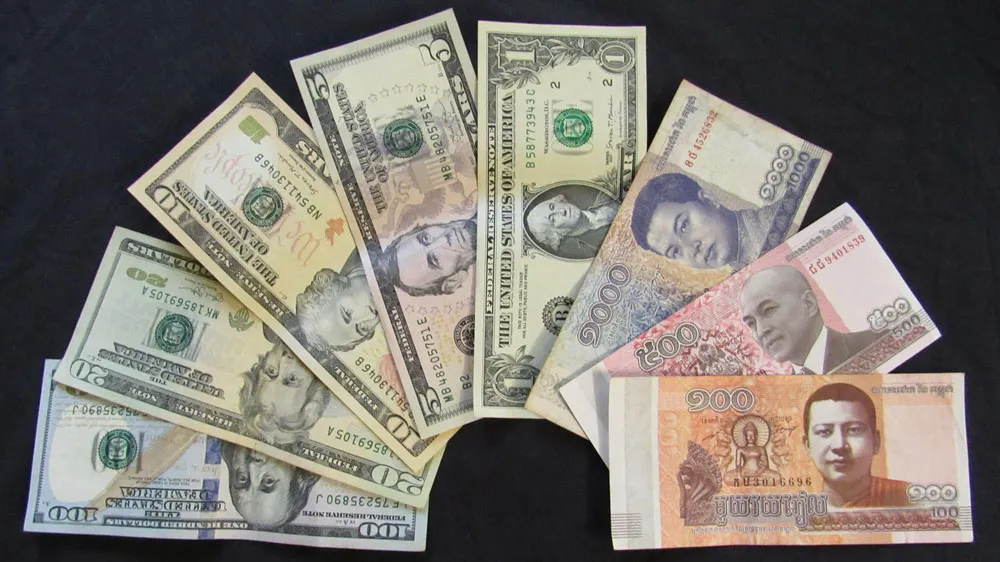
While Khmer is the official language, English is widely spoken in tourism-related services. Learning simple greetings like “Suosdei” (hello) and “Aw kun” (thank you) will go a long way.
SIM cards from providers like Smart or Cellcard are inexpensive and reliable. You can purchase one at the airport or any city convenience store.

4. Entry requirements and visas
Most travelers can obtain a tourist visa on arrival (valid for 30 days) at international airports or land borders. You’ll need a passport valid for at least six months and a recent passport-sized photo. The cost is typically around $30 USD.
Alternatively, the e-visa system allows you to apply online before your trip and avoid queuing at immigration. Processing time is usually 3 business days. Extensions can be arranged at immigration offices or via visa agents in major cities.
Always check for the latest updates from the Cambodian Ministry of Foreign Affairs before traveling, especially if you’re combining your trip with other Southeast Asian countries.
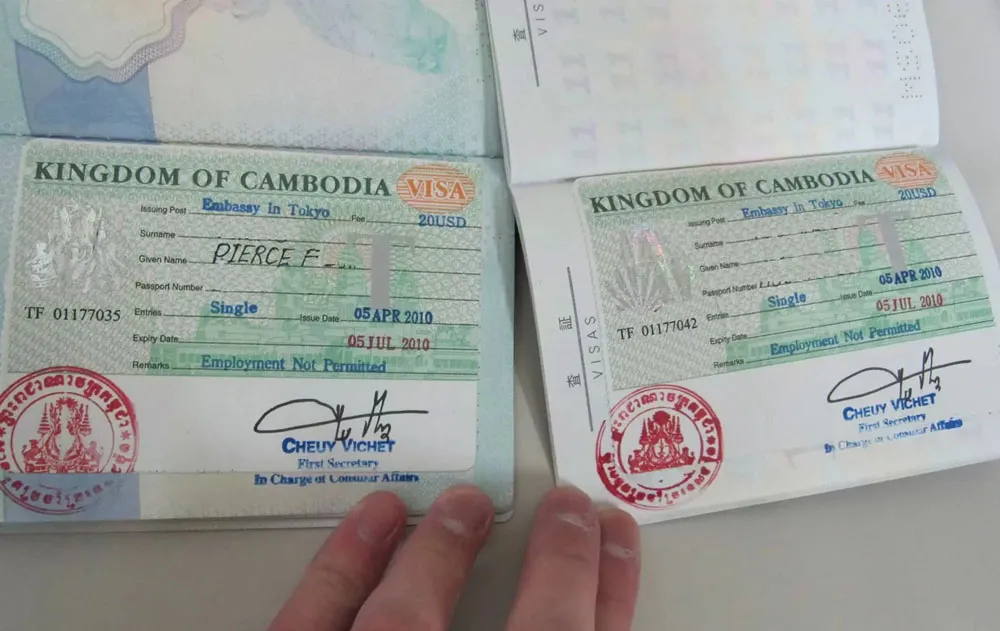
5. When to visit Cambodia
Cambodia has two primary seasons: dry and wet. The dry season (November to March) is the most popular time to visit. It brings cooler temperatures and clearer skies—perfect for exploring temples and beaches.
The wet season (May to October), often called the “green season,” brings daily showers but also fewer tourists, lower prices, and lush landscapes. The countryside is especially beautiful during this time.
Major festivals include:
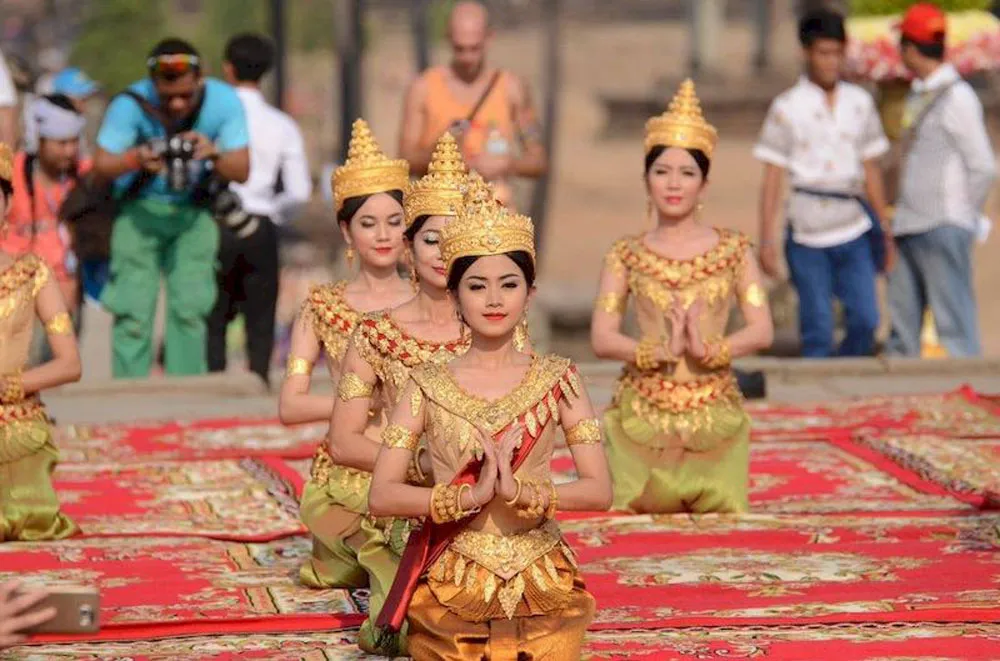
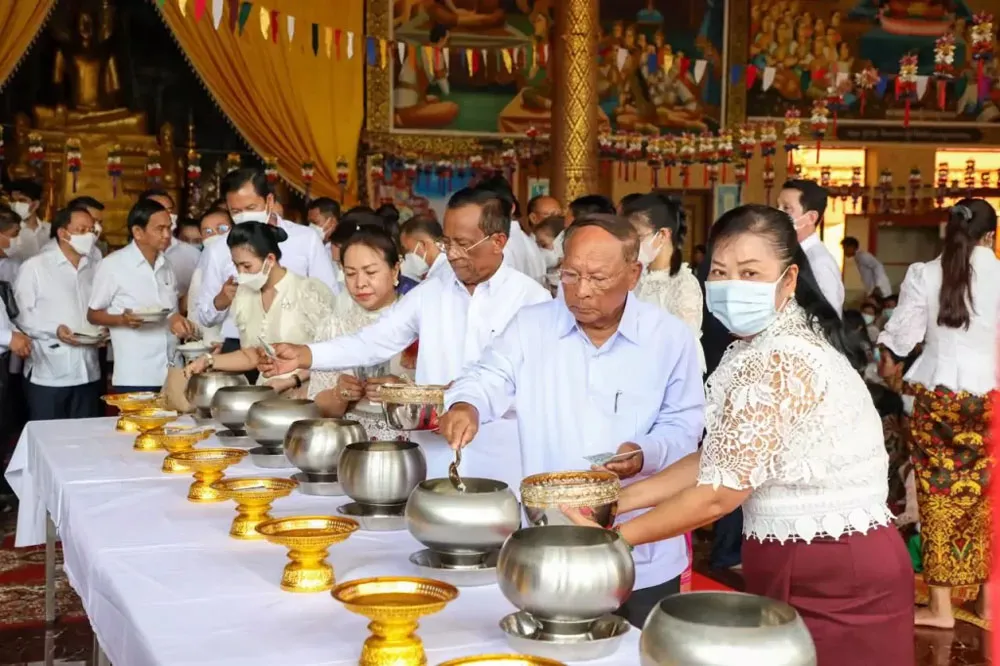
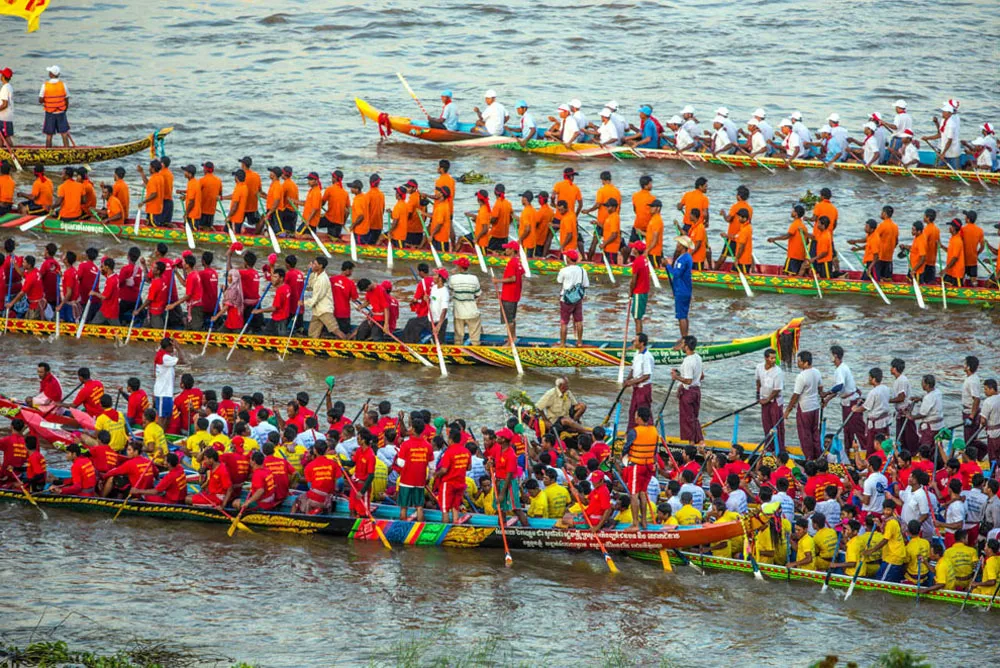
6. Budget and travel style
Cambodia accommodates a wide range of travel styles. Here’s a quick cost estimate per traveler:
-
Budget: $30–50/day (hostels, street food, tuk-tuks)
-
Mid-range: $60–100/day (3-star hotels, domestic flights, tours)
-
Luxury: $150–300+/day (resorts, private guides, fine dining)
Most major attractions, like Angkor Wat, have entrance fees. However, transportation and food remain inexpensive. Tipping is appreciated but not mandatory—$1–$2 for good service is standard.
7. Where to go in Cambodia: From temples to tropics
Siem Reap & Angkor Wat
This city is the gateway to Cambodia’s most iconic attraction—Angkor Wat, a UNESCO World Heritage Site. Don’t miss sunrise over the temple, the serene faces of Bayon, and the tree-wrapped ruins of Ta Prohm. The city itself offers lively markets, stylish cafes, and cultural performances.
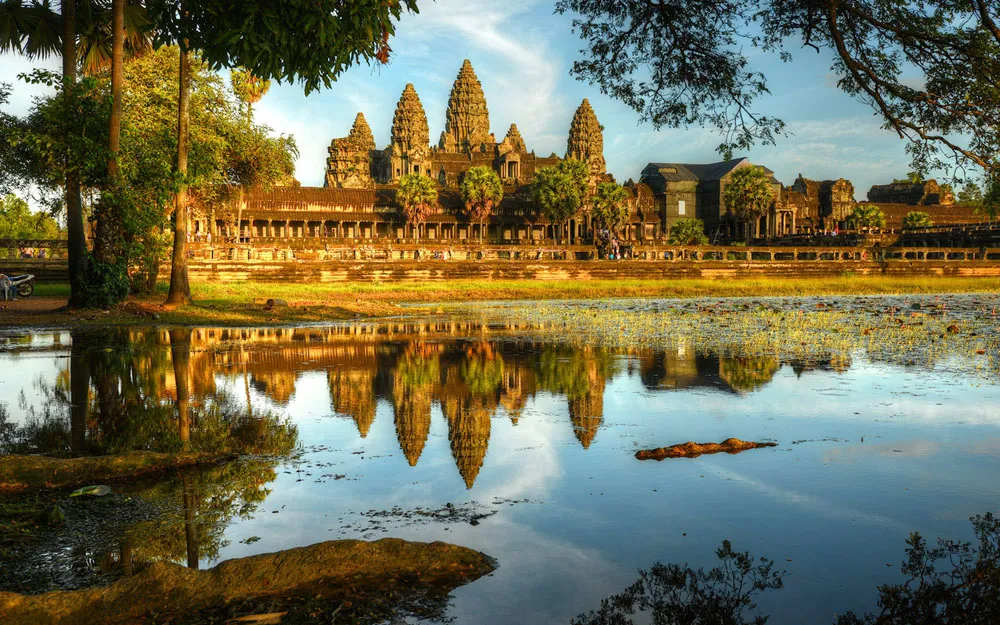
Phnom Penh
Cambodia’s capital offers both cultural insight and sobering history. Key stops include the Royal Palace, Tuol Sleng Genocide Museum, and Killing Fields. Along the riverside, you’ll find rooftop bars, boutique shops, and street food stalls.
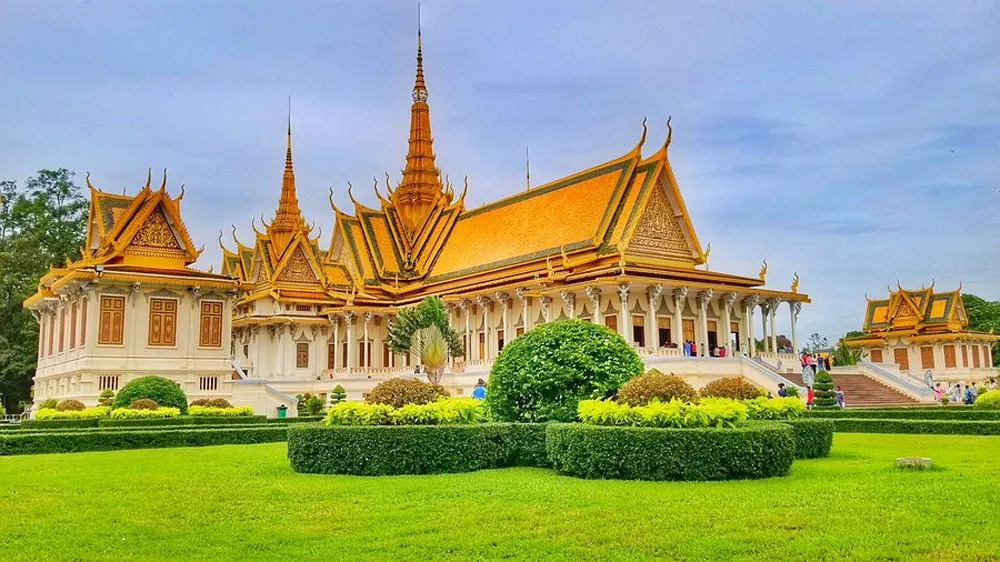
Kampot & Kep
In southern Cambodia, Kampot enchants visitors with its riverside charm, colonial architecture, and laid-back pace. Explore nearby pepper plantations or kayak through mangroves. The coastal town of Kep is famous for its seafood—especially the Kampot pepper crab.
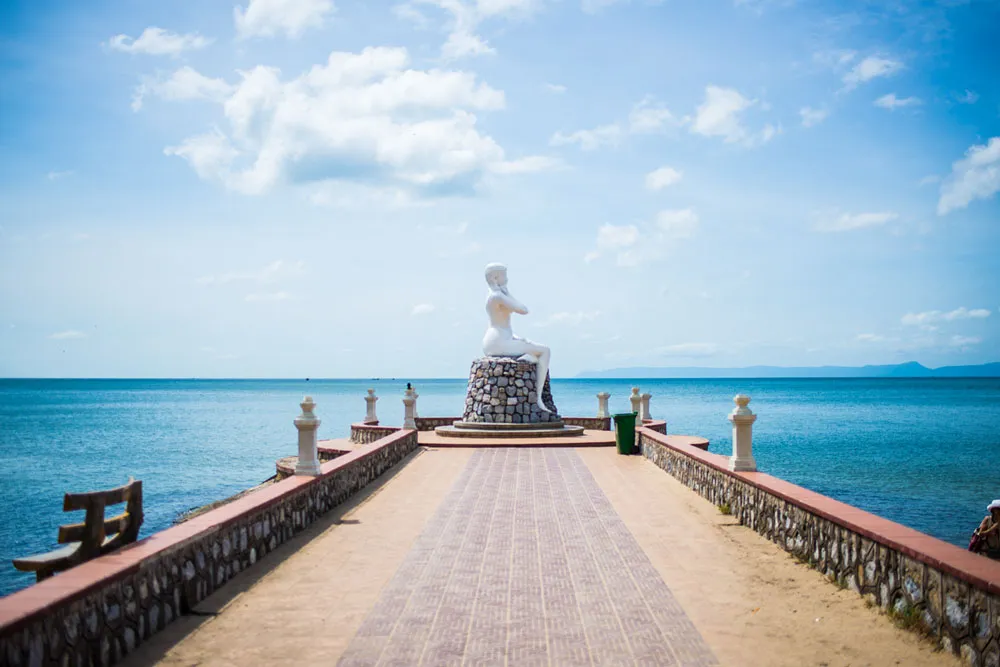
Koh Rong & Koh Rong Samloem
For beach lovers, these islands offer crystal-clear water, snorkeling, diving, and relaxed resorts. Koh Rong is more vibrant and lively, while Koh Rong Samloem is perfect for peace, hammocks, and sunsets.
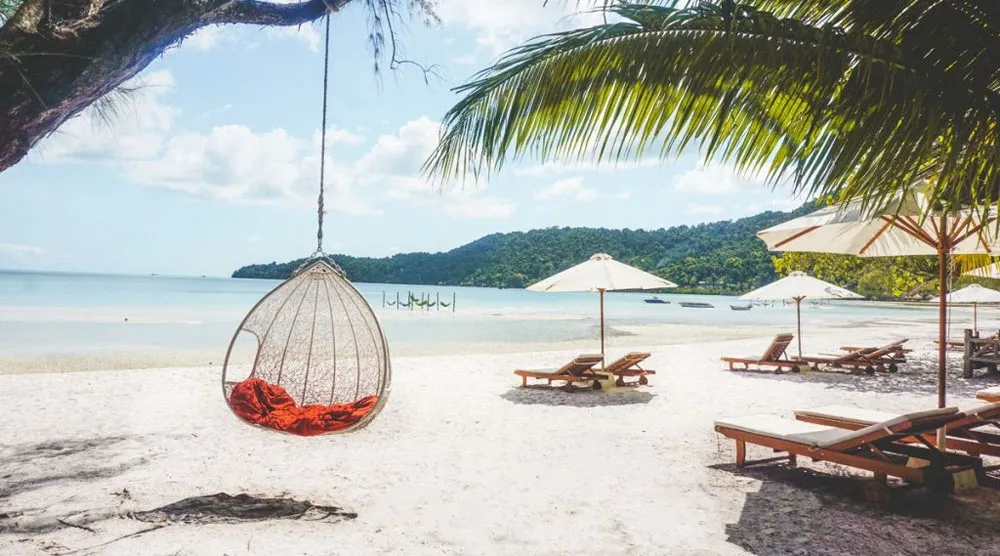
Battambang & the countryside
This lesser-known city features the quirky Bamboo Train, peaceful rice fields, and a growing art scene. It’s ideal for travelers looking to see rural Cambodia at a slower pace.
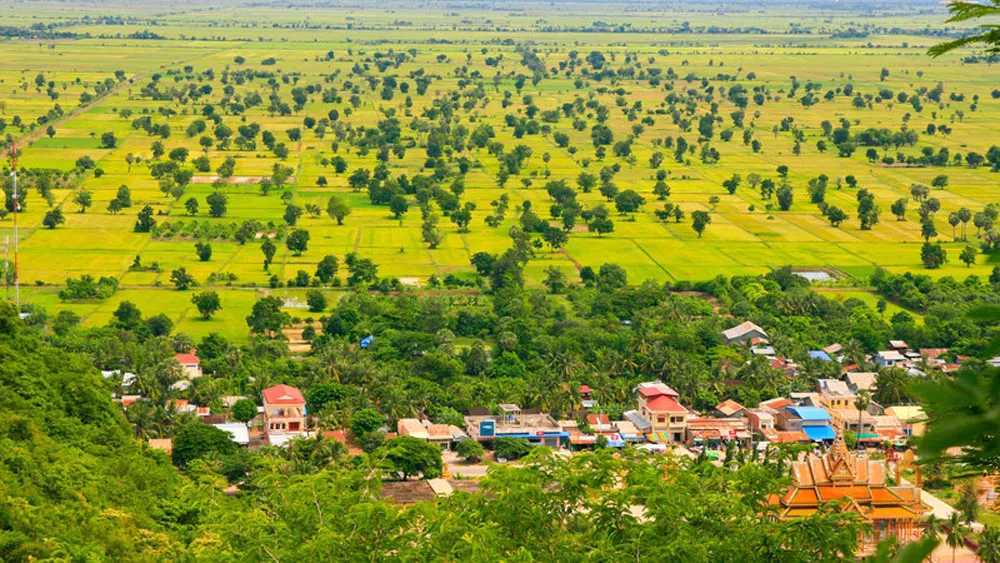
What to do in Cambodia: Experiences that define the journey
Travel in Cambodia is more than sightseeing—it’s immersive. Take a cooking class and learn how to prepare traditional dishes. Attend an Apsara dance show to appreciate Cambodia’s classical arts. Explore the floating villages of Tonlé Sap Lake, where homes rise and fall with the seasons.
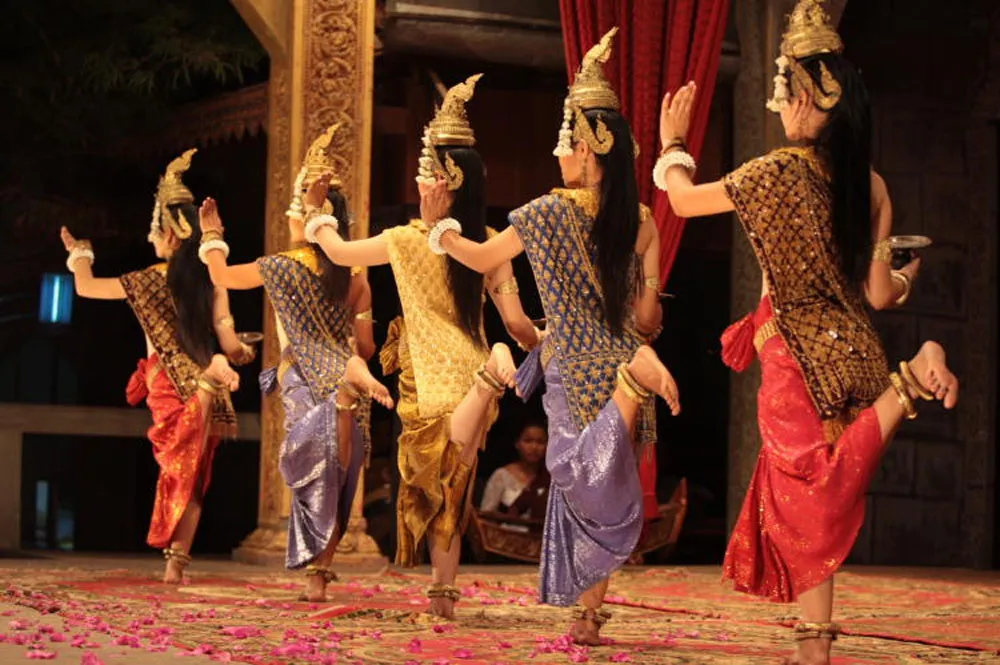
In the northeast, go trekking in Mondulkiri or wildlife spotting in Kratie, where rare Irrawaddy dolphins inhabit the Mekong River.
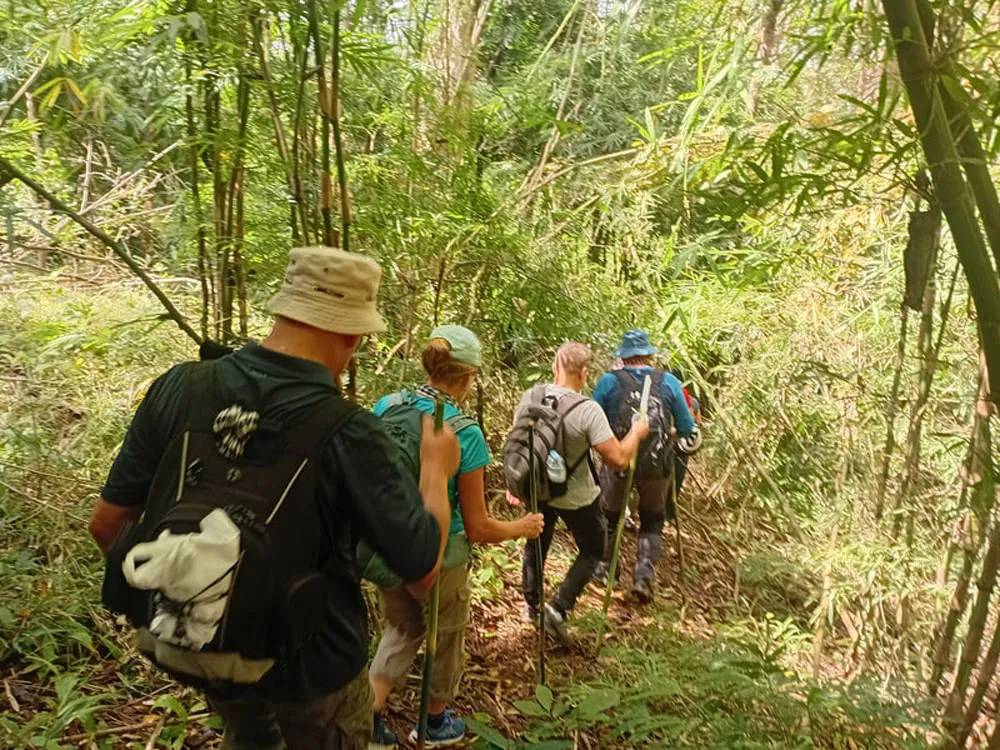
Cultural experiences to remember
Cambodia’s traditions are deeply rooted in Buddhism and community. Visit a local pagoda to receive a monk’s blessing. Participate in a homestay experience in a rural village to learn about farming, weaving, or Khmer cooking.
If your visit coincides with a festival, join the celebrations—Cambodians are happy to include foreigners in their traditions. Just be respectful, dress modestly, and ask before taking photos.
Adventures in every corner
From jungle treks to cycling tours, Cambodia offers activities for every level of adventure:
-
Trekking in Mondulkiri’s dense forests and waterfalls
-
Kayaking along the Kampot River
-
Caving at Phnom Chhngok
-
Cycling around Angkor or Battambang’s countryside
Even soft-adventure lovers can enjoy river cruises, zipline parks, and hot air balloon rides in select locations.
Cambodian cuisine: The flavors that follow you home
Cambodian food is flavorful yet subtle, distinct from its Thai or Vietnamese neighbors. Here are a few dishes you must try:
-
Fish Amok: A fragrant curry made with freshwater fish, coconut milk, and kroeung paste, traditionally steamed in banana leaves. Best enjoyed at Mahob Khmer in Siem Reap.
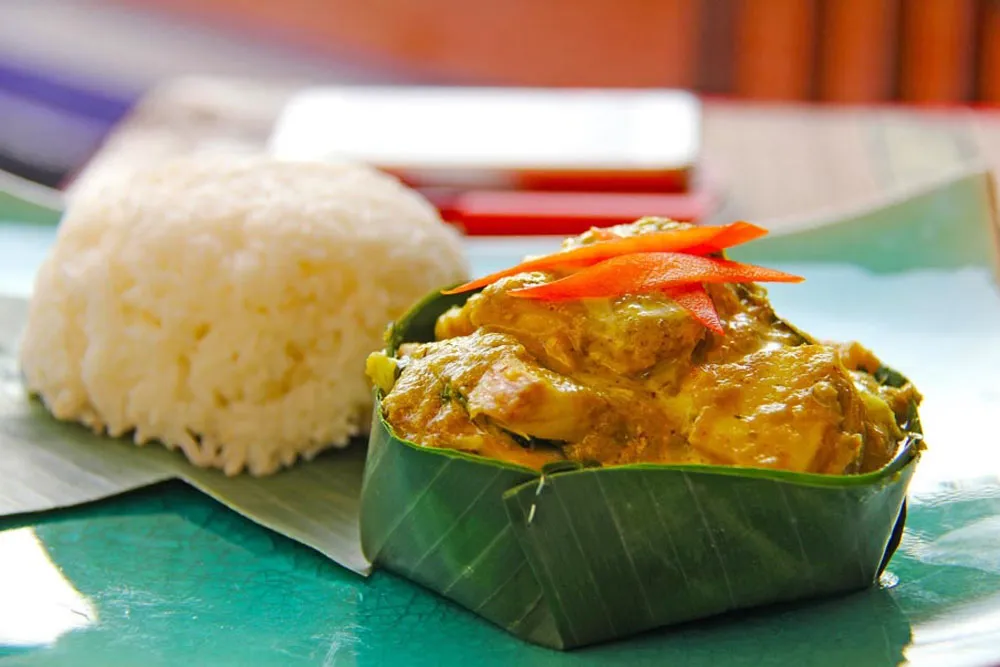

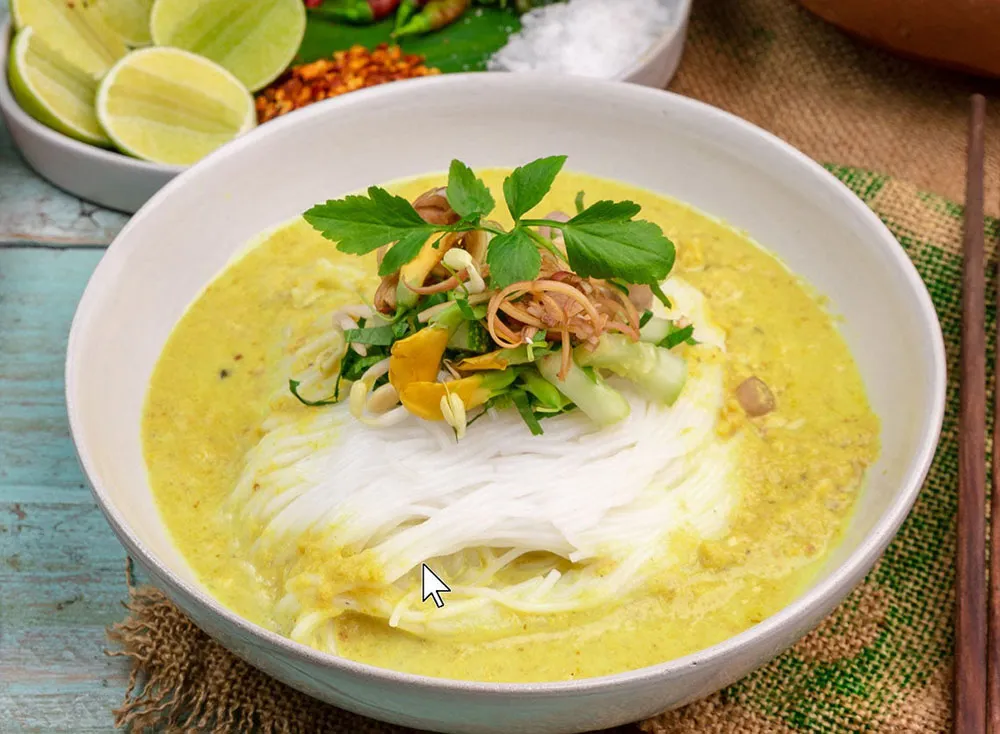
-
Kuy Teav: A noodle soup made with pork or beef broth, garnished with herbs, lime, and chili. Commonly found at morning markets
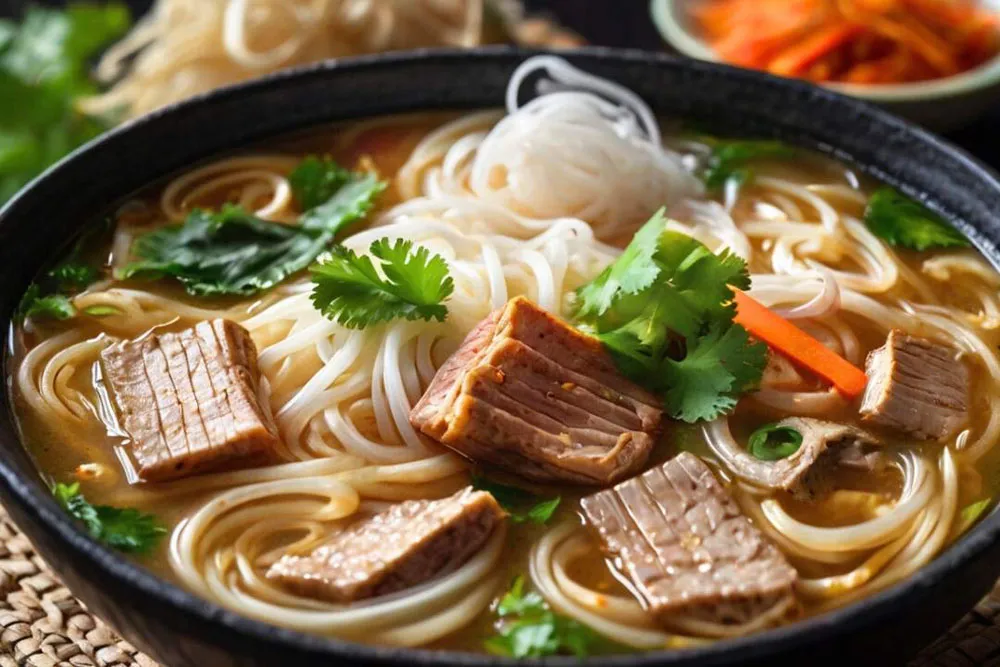
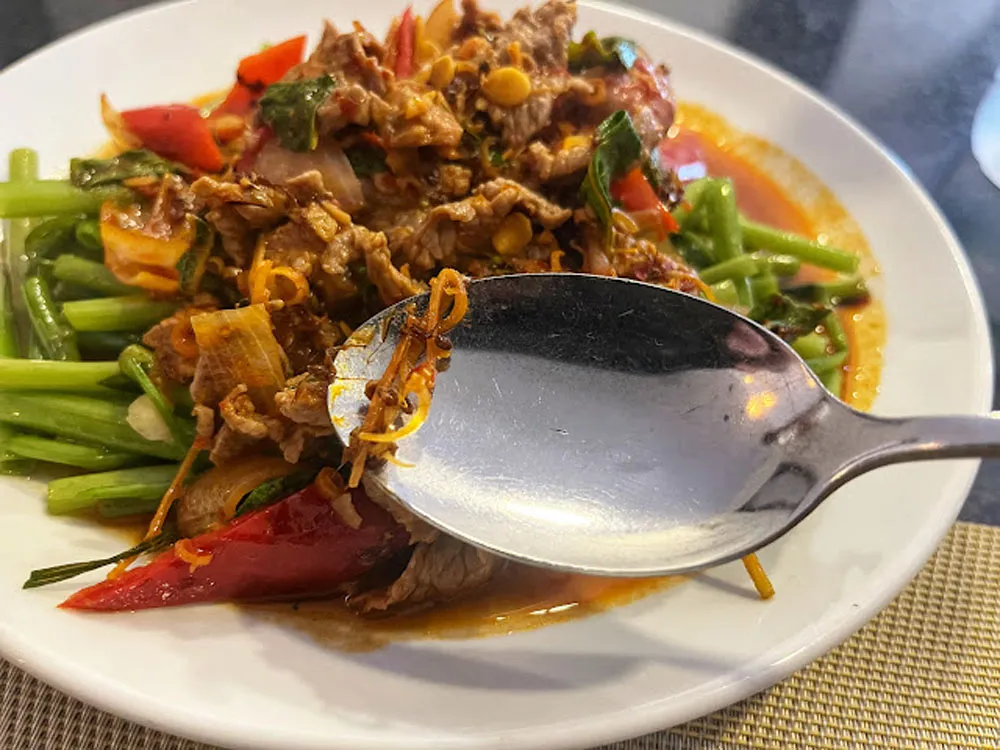
8. Travel tips for Cambodia in 2025
Transportation tips
Use the Grab app for tuk-tuks and taxis in cities. For longer trips, buses like Giant Ibis offer safe, air-conditioned service. Private cars with drivers can be arranged for comfort and flexibility.
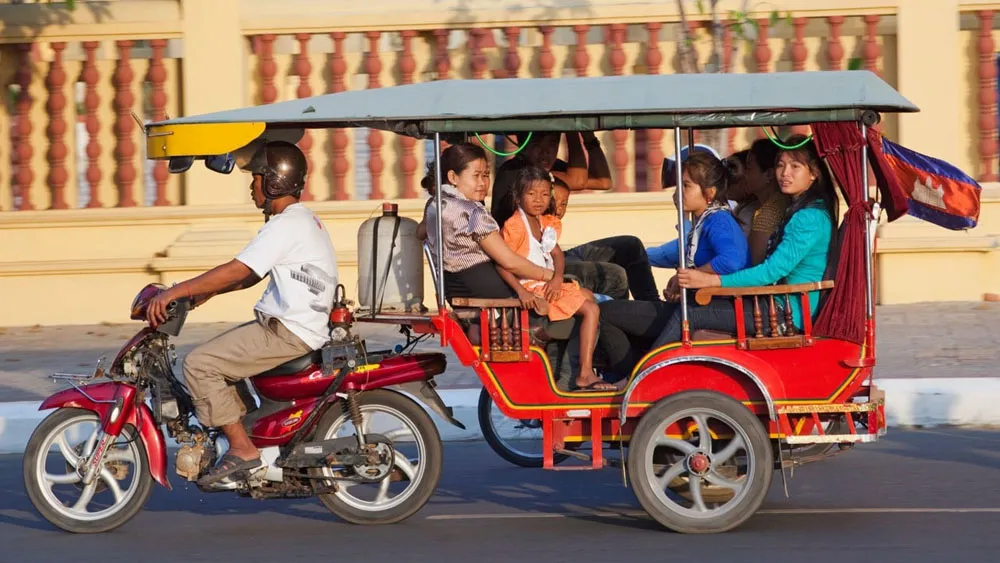
Health & safety tips
Drink bottled or filtered water. Avoid ice unless you’re in a high-end restaurant. Bring insect repellent, especially if traveling during the rainy season. Always store valuables in your hotel safe or money belt.

Cultural respect tips
Never touch someone’s head or point your feet at people or Buddha images. Always remove shoes before entering a temple, and speak quietly. Smiling is part of the culture—use it generously.
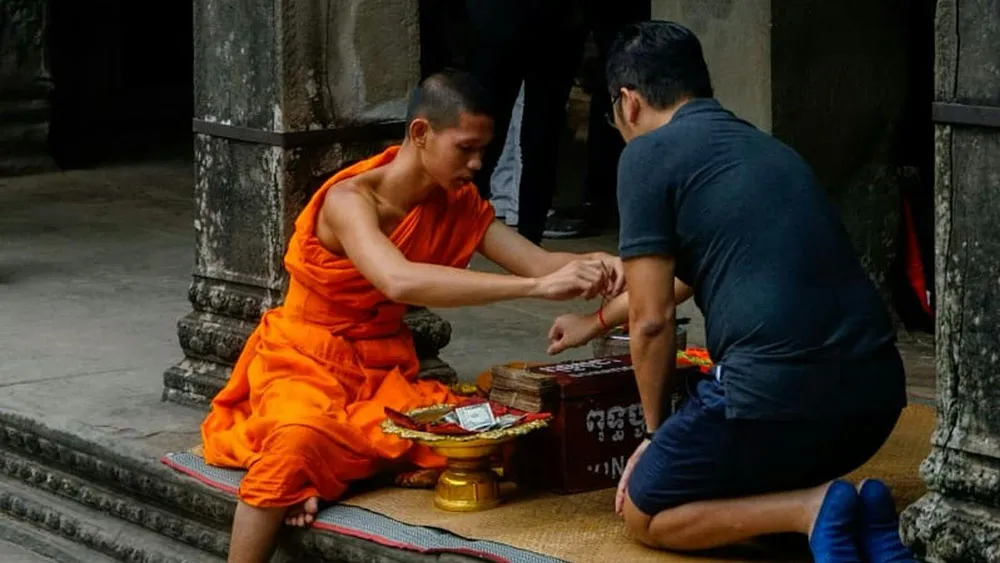
Packing essentials
Pack light cotton clothing, a scarf or sarong for temple visits, a dry bag for island trips, and a universal power adapter. Include sunscreen, insect repellent, and basic medications.
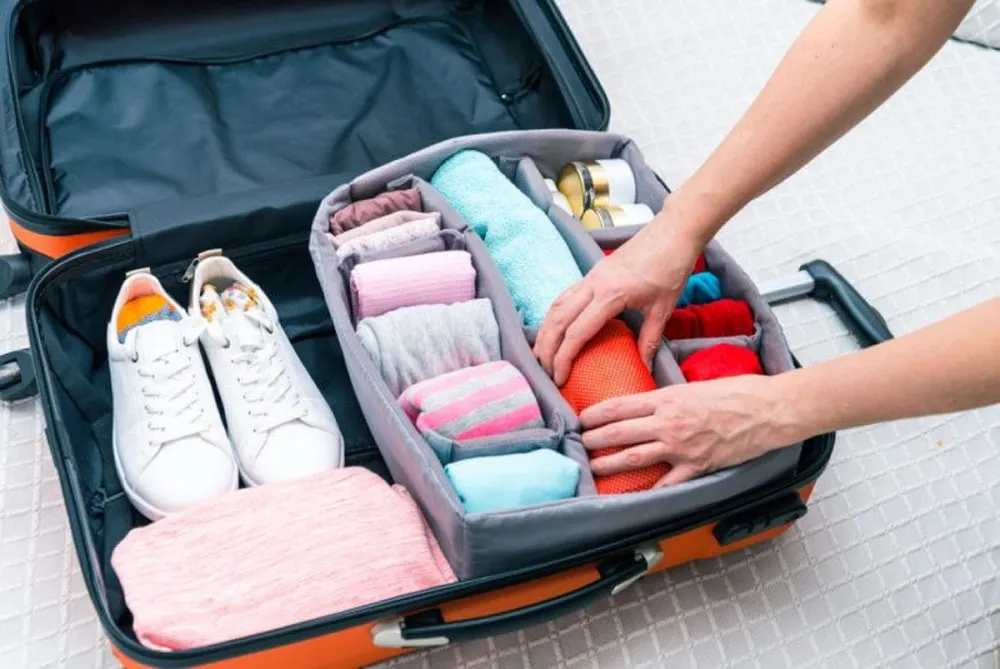
Final thoughts: Why Cambodia is worth more than one trip
Cambodia leaves a lasting impression not just because of what you see—but how it makes you feel. It invites you to slow down, to listen, and to appreciate the resilience and beauty of its people.
Whether you come for the temples, the food, or the beaches, you’ll find yourself drawn back for deeper experiences. And when you do return, Cambodia will still welcome you with the same grace and sincerity that made your first visit unforgettable.
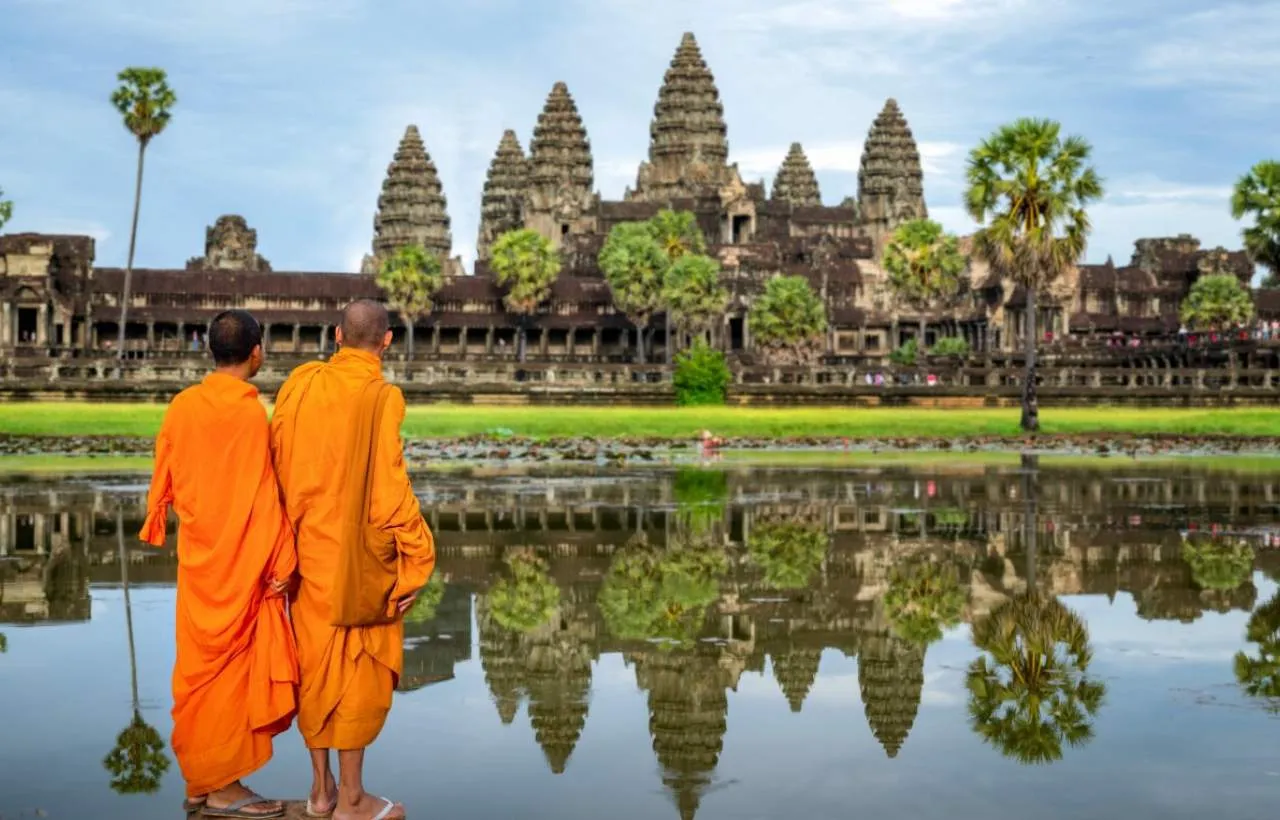

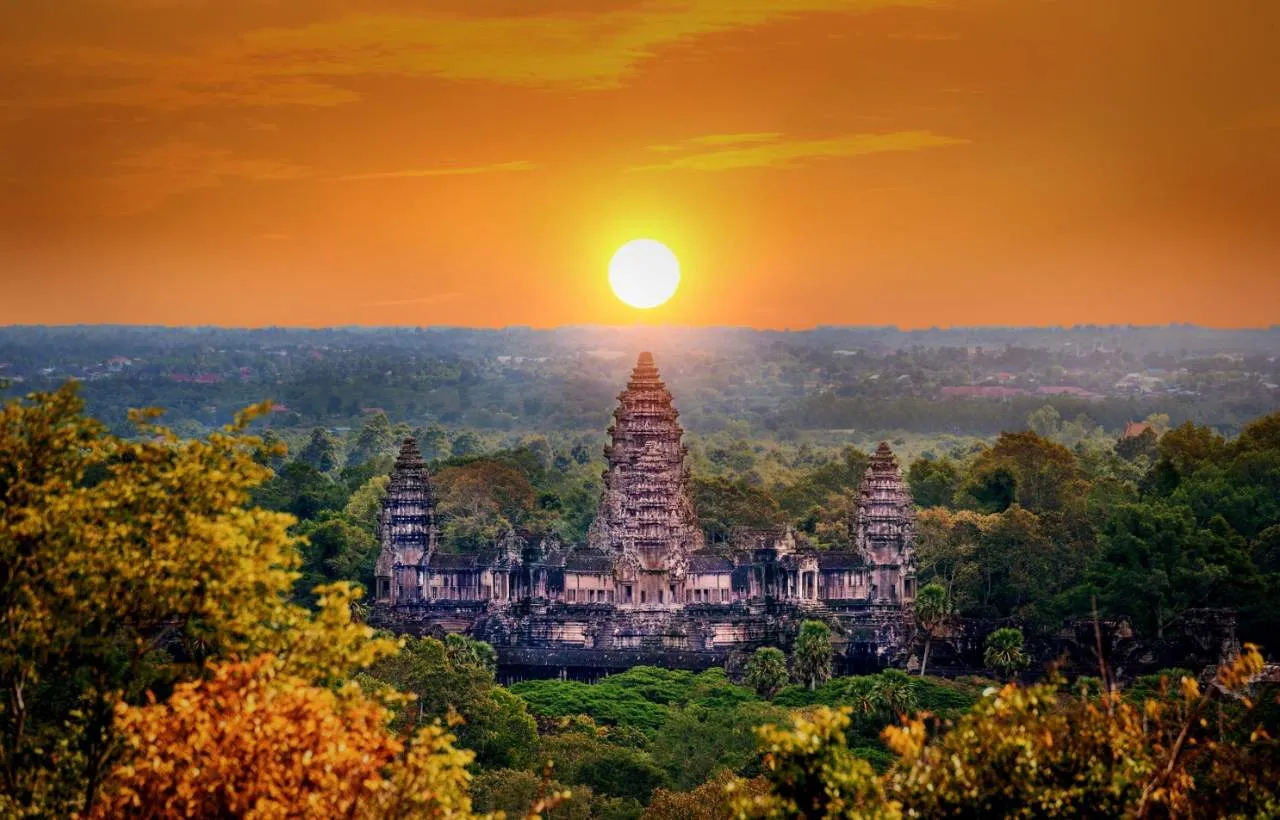
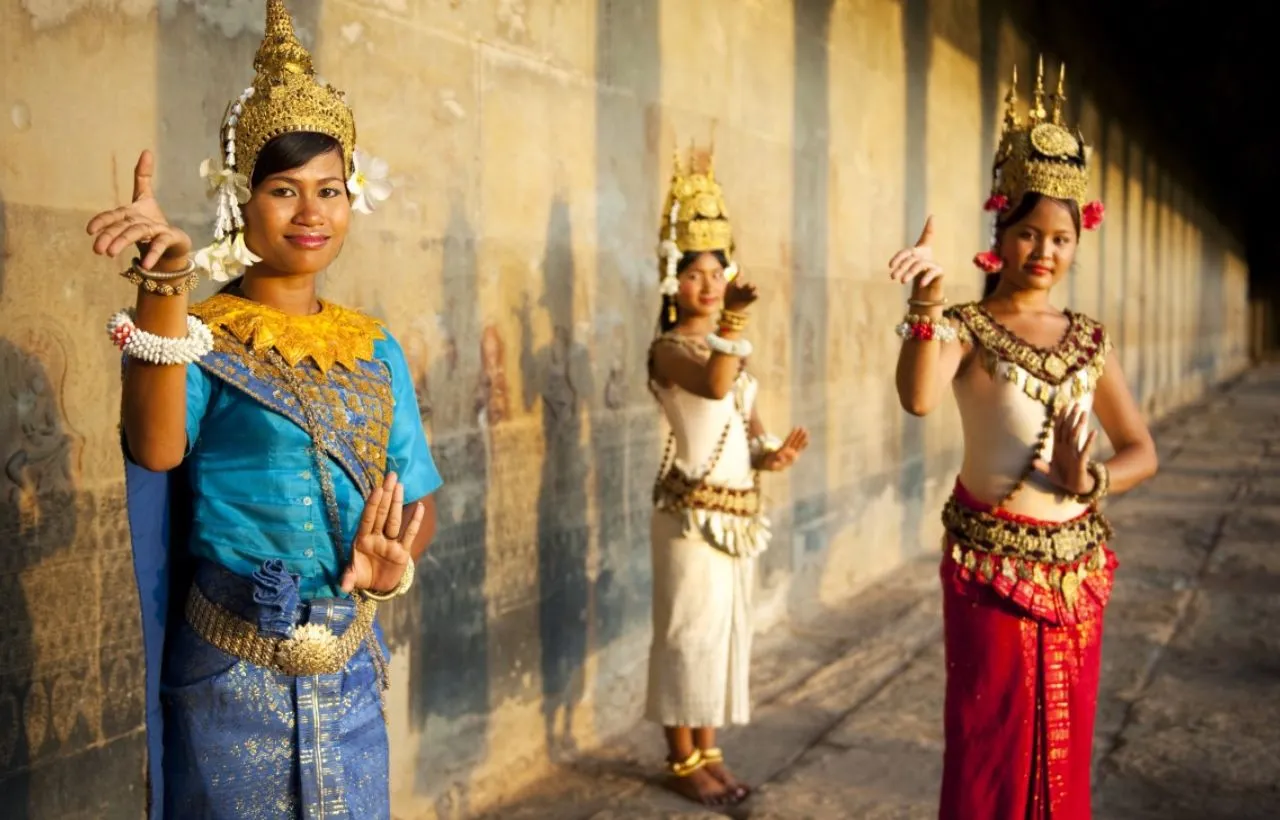

































 Adventure and relaxation between the wings in Sapa _ Fly Sapa Paragliding.webp)
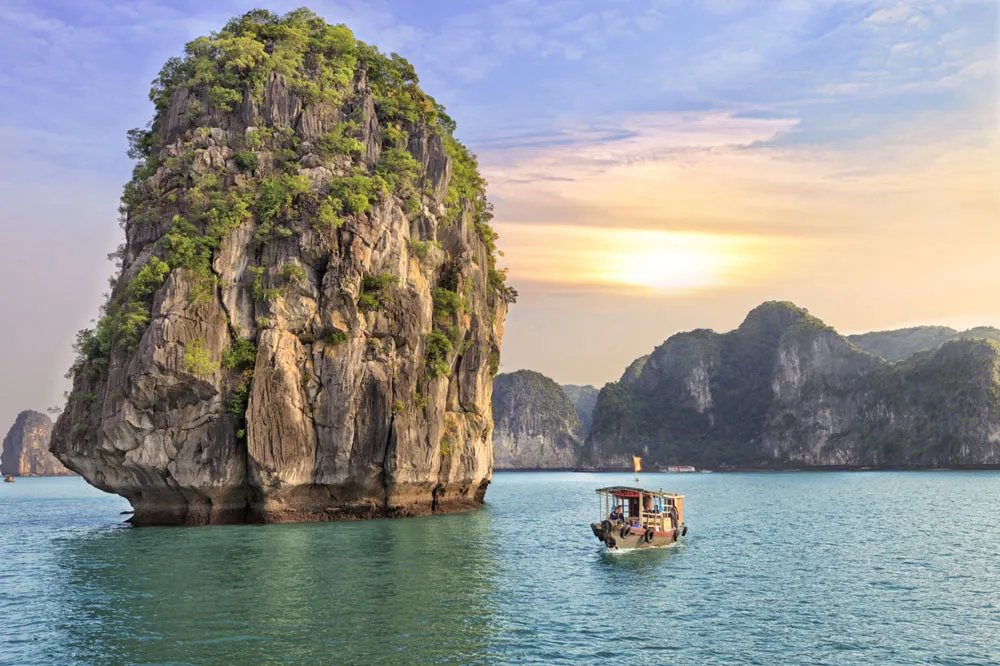
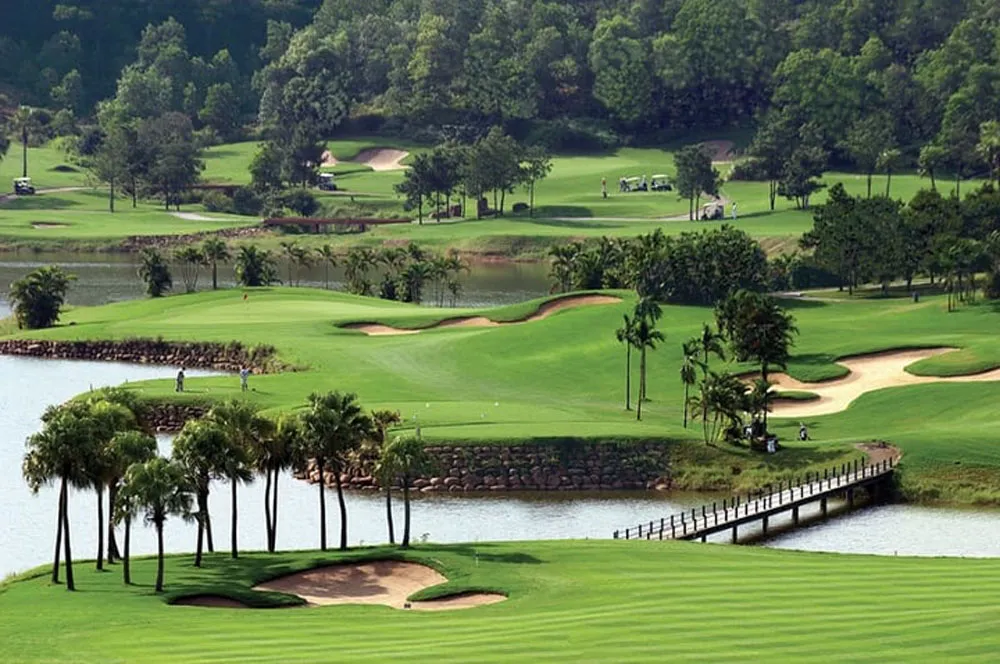
 View trip map
View trip map
